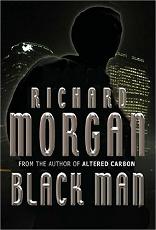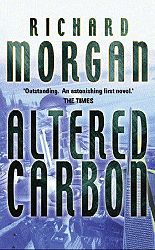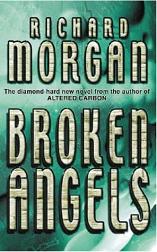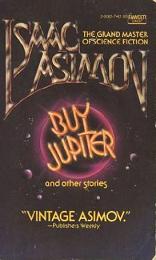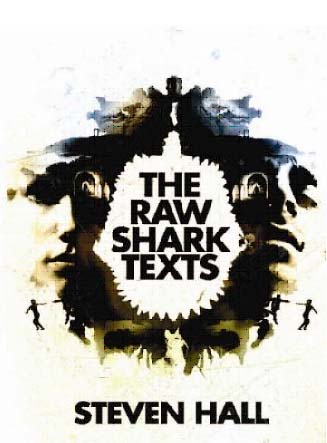
The Raw Shark Texts
Steven Hall
427 pages
published in 2007
The Raw Shark Texts was marked as science fiction in my local library, which is why I glanced at it while browsing the fiction shelves. “Mindfuck” would be a better classification howeve, one of those books that break down the realities of your world and has you looking for monsters out of the corners of your eye. Reading it on a long, delayed train journey with nothing else to distract me while it was slowly getting dark helped a lot as well.
Steven Hall sucked me in from the first two sentences: “I was unconscious. I’d stopped breathing.” I should quote the first three and a half pages to show how Steven Hall builds up the scene from there, as his hero wakes up in an explosion of coughs and deep breaths, takes stock of his situation and then realises he doesn’t know where he is or who he is. He pats his pockets, locates a driver’s licence and tastes the name it gives him: Eric Sanderson. The scene ends with that discovery, with a new scene opening in a therapist’s sitting room, as she explains what’s been happening to him. While she explains, flashbacks explains how Eric got there: going downstairs from the bedroom he awoke in, he found a letter by the telephone, a letter from “the first Eric Sanderson”: who tells him to go to this therapist.
